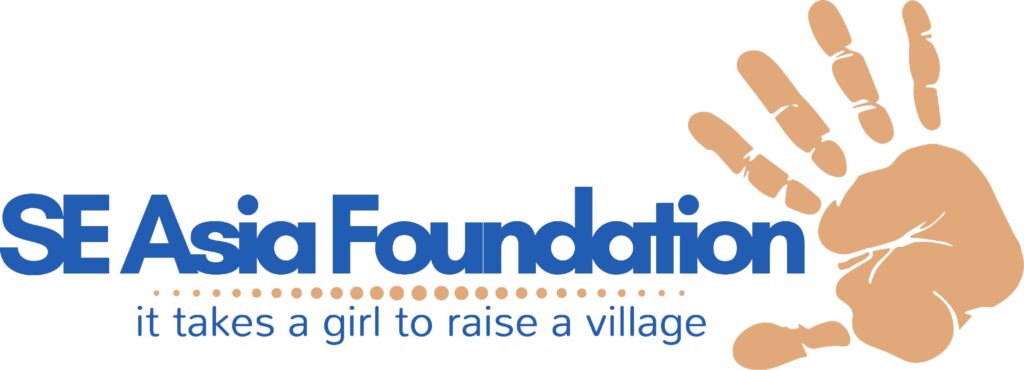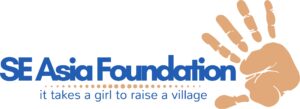Two months ago we told the story about how the COVID-19 pandemic was impacting so many villagers in Cambodia – and what was needed to help those folks survive during that challenging time. You – our wonderful donor community – rose up to meet the challenge with amazing generosity. With your support we were able to make $29,000 in grants to ten of our trusted, on-the-ground, Cambodian partners.
I’ve now received reports from the leaders of each of those ten organizations. Here’s the story about how they used your money and what they learned.
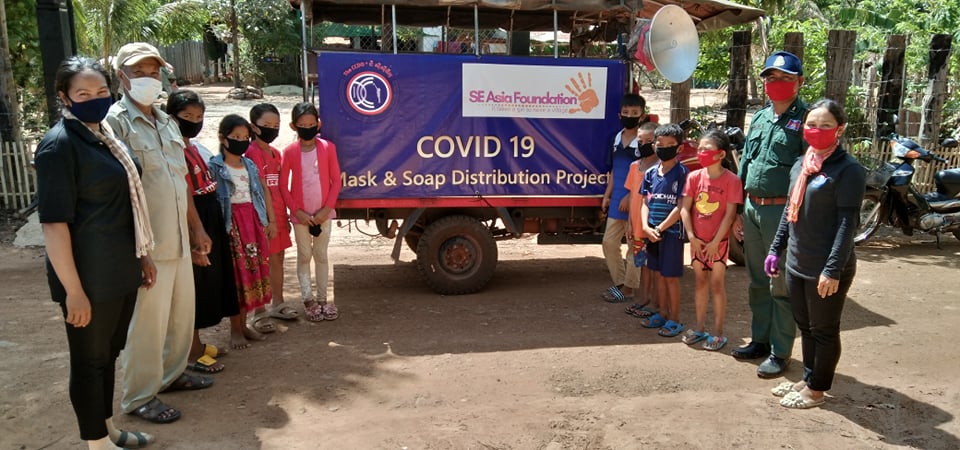
Here’s how your money was used:
149 villages were visited one or more times. Village leaders
were consulted about the needs of their people.
More than 37,000 people received critically important training and hygienic supplies.
Food assistance was provided to nearly 9,000 families.
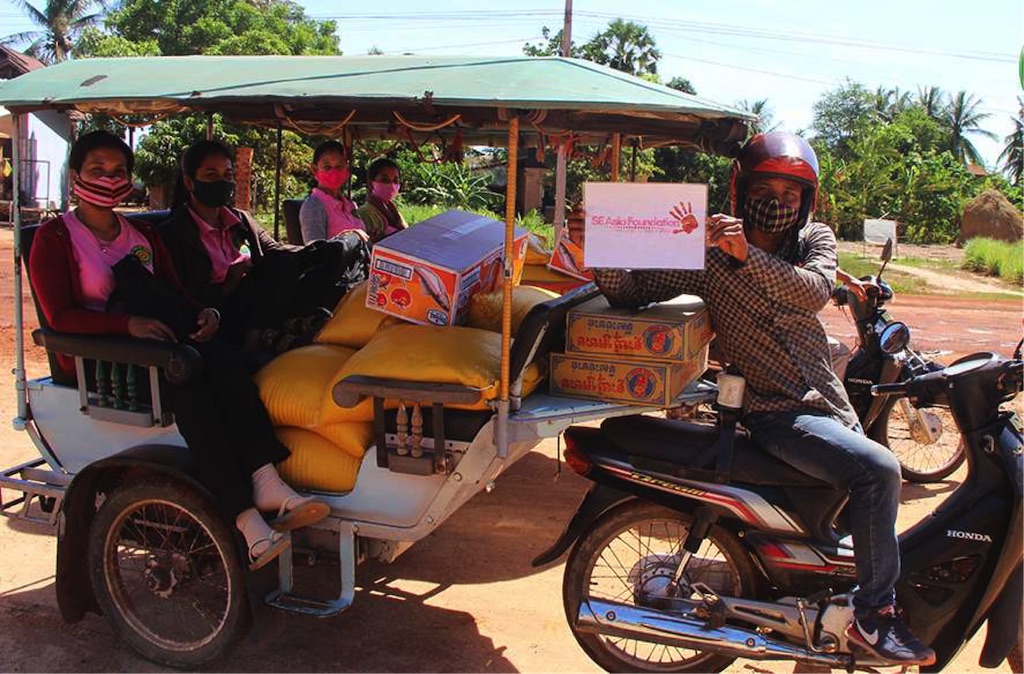

Here’s what was learned:
- Once the villagers were informed about the virus and safety practices, the actual incidences of COVID-19 in the villages remained very low.
- The major problem was not the virus itself. Rather, the bigger problem was food-security issues brought about by the loss of jobs in the heavily tourist dependent region around Siem Reap. That problem was further exacerbated as thousands of expat workers returned to their villages after losing their jobs in Thailand.
- Numerous opportunities for sustainable gardening and food production were identified and initiated.
- With all the schools closed, distance learning quickly became an unforeseen challenge in these remote areas with very little supporting technology available.
Good job – so far
Now we need to look ahead for the remaining five months of the year.
The key is to help these villagers continue to help themselves.
Via Zoom I was able to consult with the leaders of 16 of our on-the-ground partner organizations.
I listened carefully to their field reports about what the villagers need now.
Here’s what they said:
- A limited amount of COVID-19 related hygienic supplies will still be needed, as will modest amounts of food packages.
- A huge opportunity exists for helping villagers help themselves to grow and raise their own food. The key to this is education, coaching, and the necessary supplies. Our partners are ideally situated to do precisely this.
- Although distance learning is a massive challenge due to the lack of nationwide infrastructure, there are still some important things we can do to help locally.
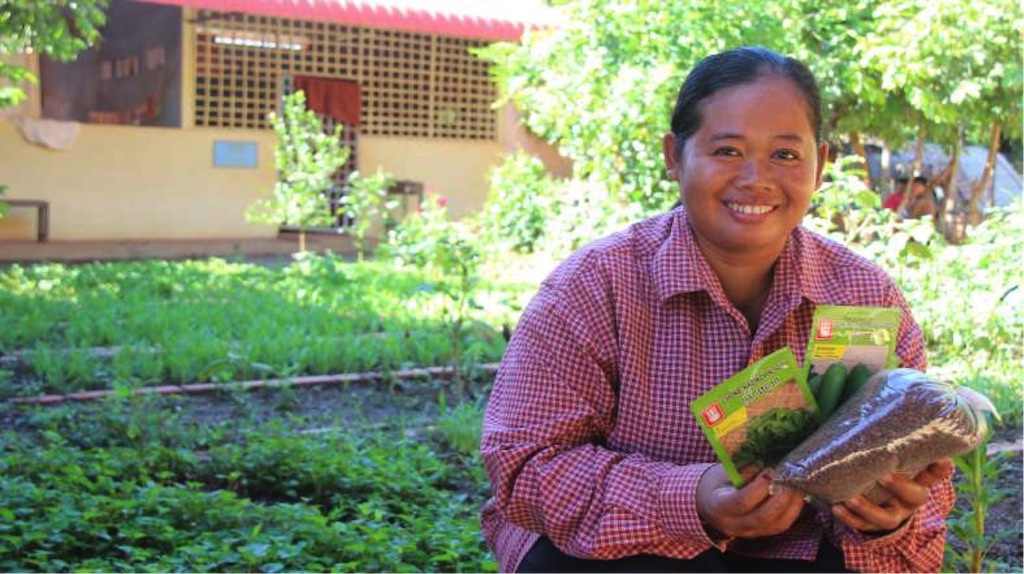
Here’s how you can help right now:
- $10 . . . Masks and soap for 10 villagers
- $25 . . . Distance-learning workbooks for 12 students
- $40 . . . Feed a family for one month
- $50 . . . Distance-learning telephone Internet for 10 students
- $100 . . Self-sustaining garden for four families
- $150 . . Chicken raising business for 2 families
We’ve now received 19 very compelling funding requests from eight organization we know and trust. Here is a sampling:
- Print distance learning workbooks for 170 students ($340)
- Provide 10 microloans to fund small businesses ($1,000)
- Give distance learning smart phones & Internet for 20 families ($1,900)
- Fund COVID relief for 100 remote village families ($2,500)
- Begin home gardens for 50 village families ($3,600)
Click here to see a full listing of the opportunities for you to make a HUGE difference in the lives of thousands of remote villagers.
You can help them survive this pandemic.
Life is Good — at least for some of us it is.
Others need a bit of help . . . and together . . .
we can provide exactly that.
Tax Tips
- Tax Tip #1: If you do not itemize deductions, for the 2020 tax year only you are entitled to take an above-the-line deduction of $300 for a contribution to the charity of your choice. This means your donation is a direct offset against adjusted gross income and, thus, becomes tax-free.
- Tax Tip #2: Donating appreciated stock is powerful way to support your favorite charity. You get a tax deduction for the full value of the donated stock, and avoid capital gains tax on the amount of appreciation. Our Foundation is set up to receive such donations.
